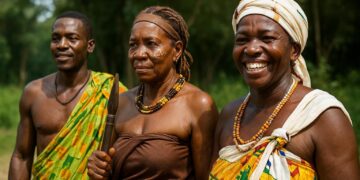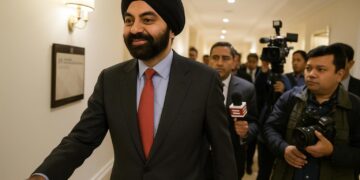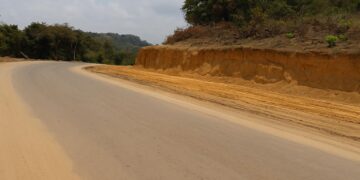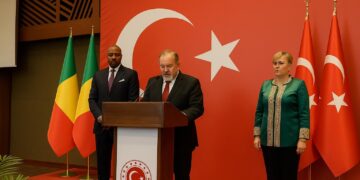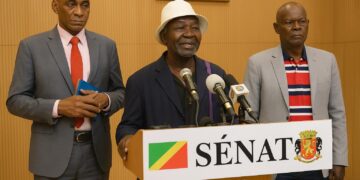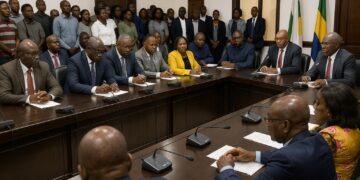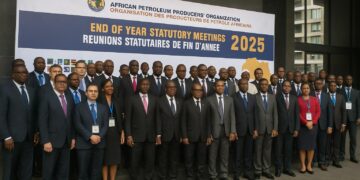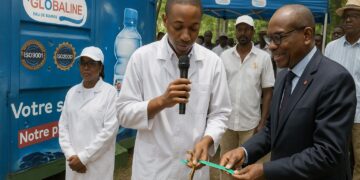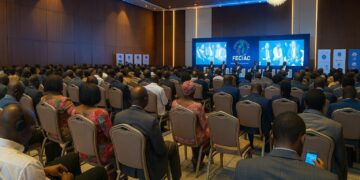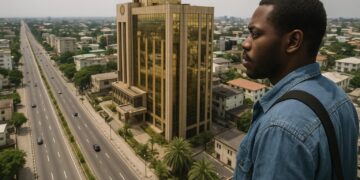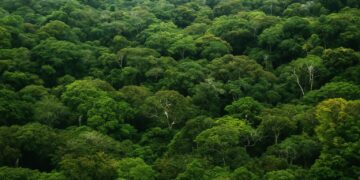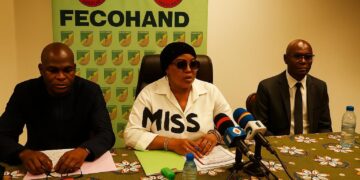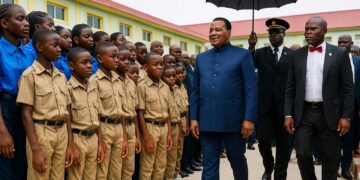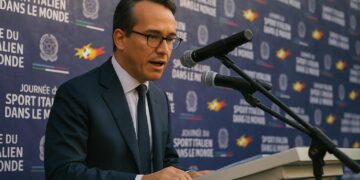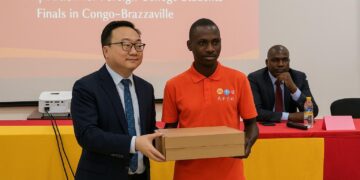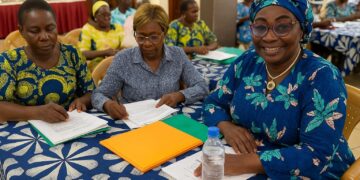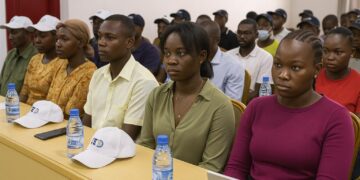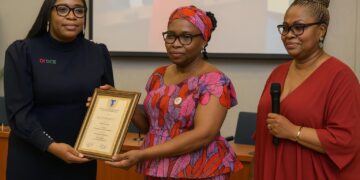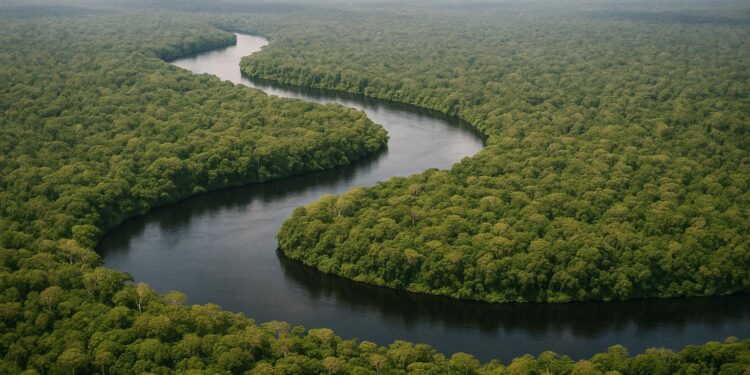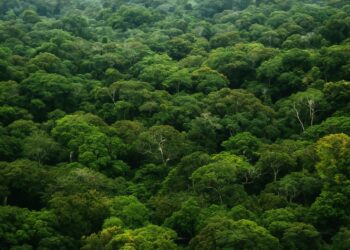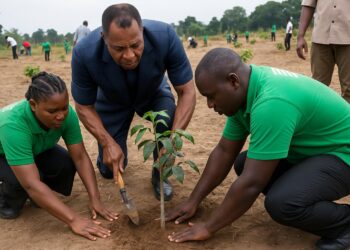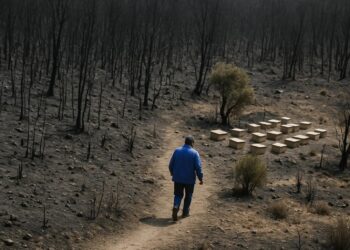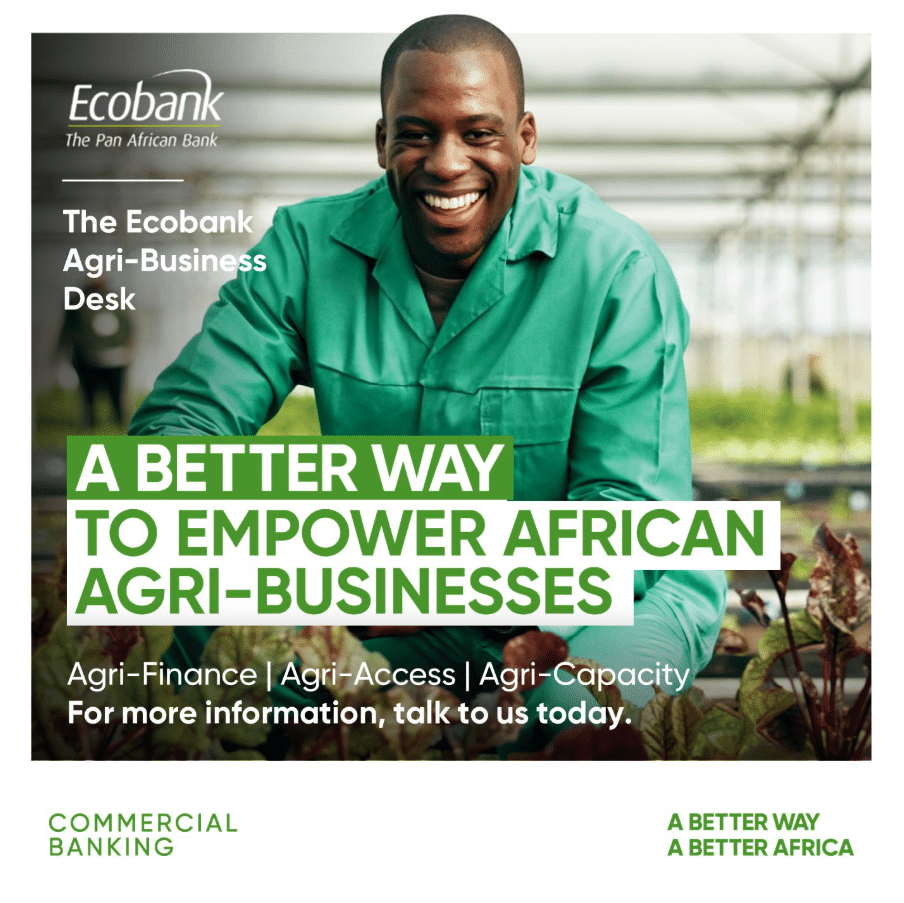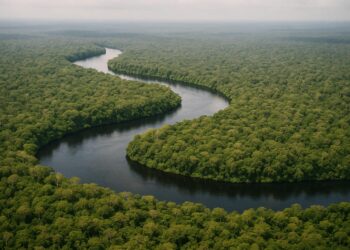Congo Basin: a strategic carbon vault
The Congo Basin forest, second only to the Amazon in size, locks away tens of billions of tonnes of carbon while driving rainfall patterns across the continent. For policy makers, this makes its conservation a macro-critical variable, not merely an environmental aspiration (WWF statement, 8 November).
Yet, despite its systemic value, global climate finance flows remain strikingly modest. WWF officials told delegates in Belém that the region receives only a fraction of the attention granted to other tropical forests, warning that any delay in scaling support will undermine the Paris Agreement’s 1.5 °C threshold.
Laurent Some, the organisation’s regional director, stressed that protecting the basin is “non-negotiable” for stabilising climate systems. His intervention reframed conservation as infrastructure: a living asset whose failure would reverberate through energy grids, agricultural yields and sovereign risk profiles far beyond the borders of Congo-Brazzaville.
Financing gaps and equity debate
WWF’s briefing detailed a persistent mismatch between pledges and disbursements. Dedicated funds are often channelled through complex intermediaries, leaving indigenous peoples and local communities—recognised stewards of the forest—with limited direct access. The organisation argues that climate justice must travel alongside capital, tenure security and transparent benefit-sharing.
Market-based tools are part of the picture, but WWF cautions that carbon credits must be designed to avoid perverse incentives. Robust measurement, third-party verification and clear revenue-splitting formulas are considered prerequisites for institutional investors seeking exposure to nature-based assets without reputational or compliance risks.
Beyond private flows, the NGO presses for concessional finance and grants to reach at least USD 1.3 trillion annually worldwide, echoing calls already in the Paris architecture. A fair share, it says, should support Congo Basin resilience projects, from community forestry to early-warning hydrometeorological systems.
Belém Package: roadmap for 1.5 °C
Unveiled in Brazil, the proposed “Belém Package for Africa” bundles four priorities: stronger national climate plans, scaled financing, a just energy transition and measurable adaptation. WWF frames the document as a pragmatic companion to the Global Stocktake, designed to translate high-level targets into bankable national pipelines.
In practical terms, countries are encouraged to draft Contribution Determined at National level 3.0 files covering every economic sector, costed and anchored in science. Such granularity, WWF argues, will help attract blended finance vehicles that pool multilateral, bilateral and private capital without over-stretching sovereign balance sheets.
Durrel Halleson, policy lead for WWF Africa, told negotiators that the package can align development goals with the continent’s vast renewable endowment. From solar corridors in Sahelian zones to run-of-river hydropower in Congo, diversified portfolios could deliver universal electricity access and clean cooking by 2030.
Carbon markets and governance
The dialogue in Belém revisited carbon markets, a mechanism still in flux. WWF calls for heightened transparency, particularly regarding baselines and leakage. For Congo Basin states, clear governance frameworks could unlock revenue while averting the double-counting that has previously eroded investor confidence in emerging market credits.
A parallel push aims to secure land rights. When communities hold formal titles, contract enforcement becomes simpler, lowering transaction costs for ecosystem-service projects. Investors, insurers and rating agencies increasingly view tenure clarity as an intangible asset that strengthens programme durability and mitigates social-licence risks.
WWF cautions, however, that market instruments are no panacea. Structural public investment—such as climate-smart transport corridors or scientific monitoring stations—remains indispensable. The NGO encourages multilateral development banks to streamline approval cycles so Congo Basin projects can reach financial close within windows attractive to commercial co-investors.
Strategic outlook for decision-makers
For Brazzaville and regional capitals, the conversation is less about choosing between growth and conservation than sequencing reforms. Embedding natural-capital considerations in budget processes, debt strategies and public-private partnership frameworks can reinforce macro-stability while signalling commitment to global climate objectives.
Investors monitoring sovereign risk note that diversified funding, including results-based payments for avoided deforestation, could improve fiscal space. The proposed Belém Package therefore resonates beyond the climate community; it can support credit-rating trajectories, lower insurance premiums and stimulate green-bond issuances anchored in verified ecosystem outcomes.
At firm level, opportunities arise across the value chain: engineering consultancies designing low-impact infrastructure, fintech platforms facilitating community payment flows, and educators building the next generation of forest scientists. Early movers stand to gain both competitive advantage and reputational capital as sustainability metrics shape procurement regimes.
The message from Belém is straightforward: safeguarding the Congo Basin is central to the 1.5 °C pathway and to Africa’s development narrative. Whether through concessional loans, equity stakes or innovative carbon agreements, the window for decisive engagement is now, not at the next climate summit.
Ultimately, the success of the Belém discussions will hinge on implementation dashboards that track hectares preserved, emissions avoided and livelihoods improved. Transparent metrics will allow governments, donors and corporations to recalibrate commitments in real time, creating a feedback loop that rewards performance and discourages green-washing across the investment cycle continuously.

